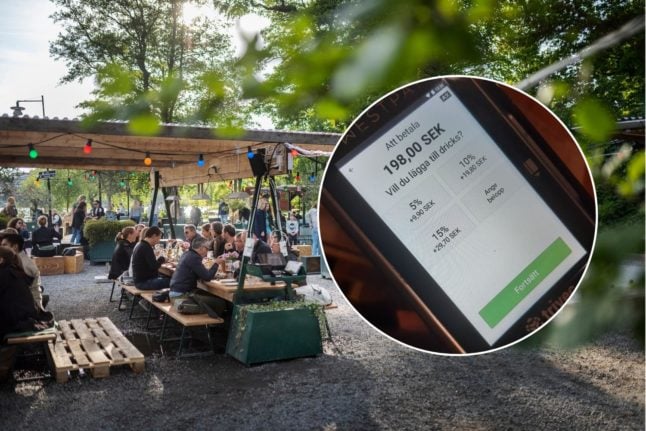October 4th marks National Cinnamon Bun Day, and unlike many attempts to use a special date to create excitement around a particular foodstuff, flower or even profession, this one is actually pretty popular among Swedes. So just what is the secret to its success?
According to Jonas Engman, an ethnologist at Stockholm’s Nordiska museet, there has always been a strong tendency among people and groups to designate certain days for specific things. Yet few have been able to achieve the popularity of the day Swedes set aside to pay tribute to their favourite sticky treat.
“Cinnamon bun day is a clear exception to the rule. A link has been achieved with a notion of the traditional, as well as food,” Engman told news agency TT.
RECIPE: How to make your own Swedish cinnamon buns
The day was invented in 1999 by Sweden’s Home Baking Council (Hembakningsrådet) as a “tribute to our most beloved bun and those who bake it”. The Nordiska ethnologist thinks its endurance is linked to Sweden being in the midst of a process where citizens are looking for a new national identity.
That provokes a look backwards in time towards a romanticized view of the past and the days when the country was a farming society, he says.
“Romanticized national ideas are very strong, particularly in the political sphere. It’s not just the parties that are linked to it, but it also has something to do with how we are negotiating the national experience of being Swedes,” Engman explained.
“In turn, that’s linked to globalization and migration, which challenges much of the image of national identity from the 1800s and 1900s,” he explained.
So it turns out Cinnamon Bun Day can partly thank a Swedish identity crisis for its perseverance.
It probably doesn’t hurt that the sugary buns taste good, too.
READ ALSO: Six sticky facts about Sweden's beloved bun



 Please whitelist us to continue reading.
Please whitelist us to continue reading.